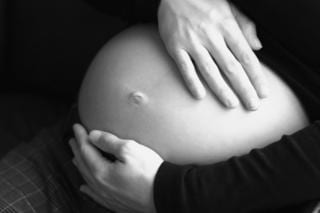Calculating your baby’s due date isn’t an exact science. Based on the theory that a woman has only one day each month to conceive, doctors have used a mathematical formula for estimating due date for decades. But the human body isn’t so precise. It could take days for fertilization to occur. And we all know the “rhythm method” is about as useful for birth control as an airbag is for a motorcycle. Let’s explore the different methods for calculating a baby’s due date.
Step 1
To calculate your due date using the tried and (sometimes) true method, figure out the date of your last menstrual period. Add 40 weeks to that date (280 days) and you have your due date. In reality, your baby could be born two weeks before or two weeks after your due date.
Step 2
Schedule an ultrasound. Sometimes you can’t use the previous method because you don’t have a period. It often takes a long time for a woman’s period to return if she is breastfeeding another baby. Don’t be fooled though–just because your monthly cycle hasn’t returned doesn’t mean you are infertile. If you get pregnant before your period returns, the best way to estimate the due date is to have an ultrasound to determine the approximate age of the fetus.
Step 3
Count the cycles of the moon. A woman in ancient times who suspected that she was pregnant would look to the skies. She would take note of what phase the moon was in. Once she missed 10 periods and the moon passed through that phase 10 times, she knew that her baby would be born soon.





